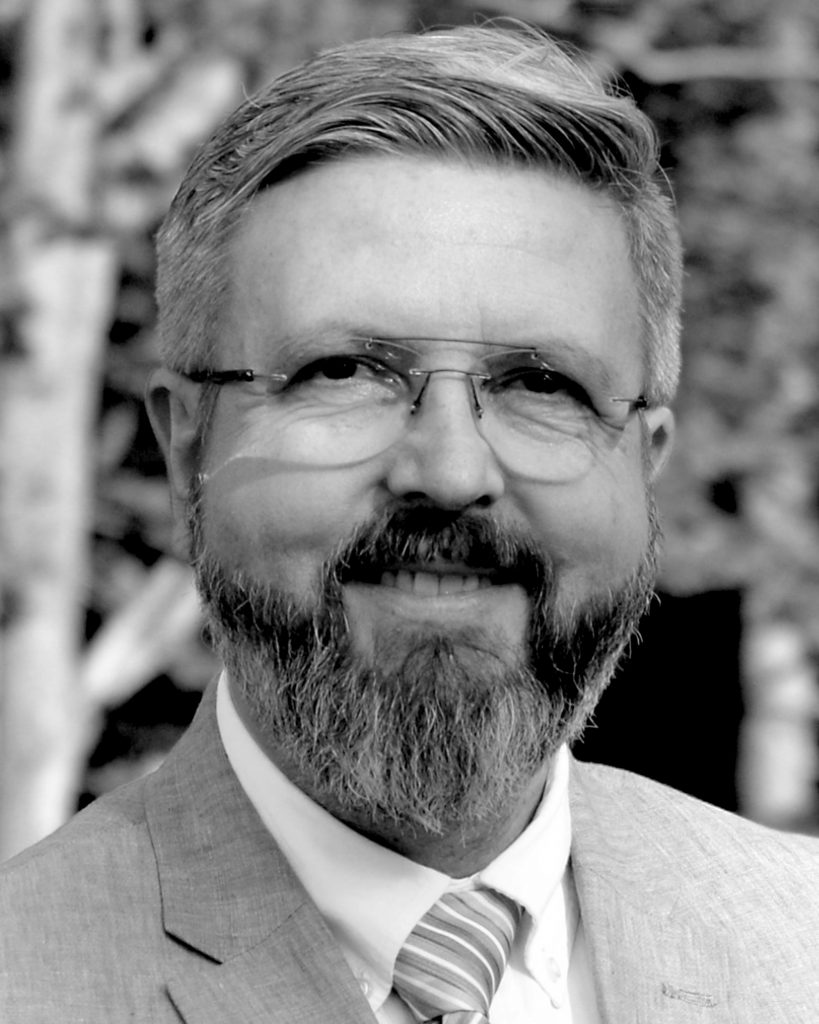Knowledge Management: How To Retain A Company’s Key Asset
By Ross Fleith
Date
June 18, 2019I recently had dinner with a colleague of mine, a senior consultant who is recognized as an expert in his field. Over the course of the evening, we discussed past job experiences in which the design solutions went above and beyond expectations. These cases relied on a particular knowledge repository and required “thinking outside the box” efforts. Unfortunately, the compounded knowledge behind these efforts is usually only visible to those who actively participated in the design process. It’s a shame that such astuteness is not properly explored or referenced, especially when these professionals leave the company and their intellect is lost as well.
Retaining Workplace Knowledge
Within the design and engineering industry, our success relies on the synapses of our creative workforce. Individual staff continuously accumulate knowledge through education, work, relationships and interactions with clients and the environment. This must then be mentally processes and stored, similar to a computer. The amount of talent, knowledge and experience that can be found in the workplace is remarkable, as these insights form the basis of the real value of our work: intellectual capital.
Even though this capital is in stock, most of it is out of reach. Individual knowledge is not properly stored or indexed anywhere other than in the grey matter of those that have experienced design challenges first-hand. This is particularly concerning when you consider how all this intellectual capital may go to waste when expert employees leave the company for another job or to retire. Many companies may not make the right move in retaining their employee’s knowledge before it is too late. This is understandable in unpredictable situations such as when an employee takes a different job, but in the case of retirement, knowledge retention can be much better managed. Retiring professionals hold long accumulated subject knowledge regarding problem solving experience, client relationship skills and creative thinking. By not leveraging all they have to share, this leaves peers with the potential burden of reinventing the wheel, which is a waste of time and intellect.
Leveraging Intellectual Capital
When talking to my wife about this issue she introduced me to a book titled, The Complete Guide to Knowledge Management by Edna Pasher and Tuvya Ronen. Pasher and Ronen explore this very issue and present studies and research on ways for companies to capture, share, retain and leverage intellectual capital. Talent acquisition, staff mentoring and knowledge retaining were three well discussed themes in the book.
Pasher and Ronen present the following questions in their book:
“How can an organization enhance its knowledge creation?”
“How can it preserve its existing knowledge?”
“How can it encourage its knowledge sharing?”
“What are its most efficient methods of knowledge dissemination?”
In attempting to answer these questions, we may find our way to a treasure hiding just a few clicks away. As a community of thinkers, or knowledge workers, we need to start promoting effective ways to secure this capital, to share, repeat, refresh and excel.
Ross is an Architecture and Urban Planning alumnus from UFPR – the Federal Brazilian University in Parana. That’s the name of the state in Brazil where Ross was born and raised, and where he worked as a Senior Architect before moving to Canada in 2010. He joined IBI Group Toronto-West office in 2014 and is currently an Associate Manager, working on several jobs within the infrastructure, industrial and transportation sectors. He has recently worked as the architectural lead for the new Metrolinx Go Transit Control Centre in Oakville, and for the EMSF, the maintenance and storage facility for the Eglinton Crosstown Light Rail Train.
Other than architecture, Ross is also keen on sports. However, like many Brazilians, he is particularly passionate about football – the real one. In Canada, he has become an enthusiastic TFC supporter.
Lead image by BFS Man via Flickr.









